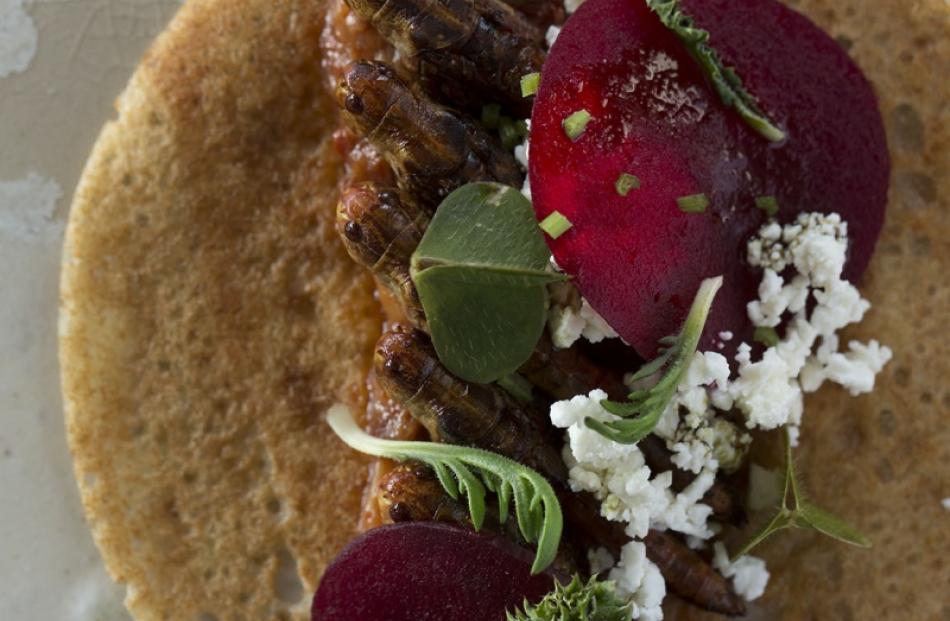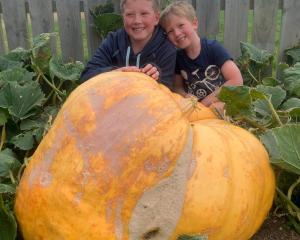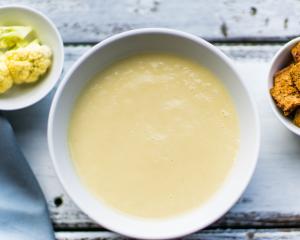If someone suggested New Zealand farmers raised a new kind of high protein livestock which had a potential market of about two billion people worldwide, most would jump at the chance.
However, for some reason, this particular livestock may not be that popular here.
Entomophagy is eating insects by humans and for some, such as entomologist Ruud Kleinpaste, who really enjoys a good cricket, it is a logical move and a great idea.
University Auckland director for the Centre of Biodiversity and Biosecurity, associate professor Dr Jacqueline Beggs has eaten different insects including bee larvae and pupae in wax while in Asia and found them sweet and chewy, while home-grown huhu grubs had a nutty, buttery flavour.
''Put garlic butter with anything and it tastes good,'' Dr Beggs said.
Insects and arachnids are used as a high-protein, nutrient-laden diet supplement in many parts of the world, particularly in parts of Asia, Africa and South America and have been for thousands of years.
The Food and Agriculture Organisation of the United Nations (FAO) is promoting insect farming as a means to supplement both diets and incomes in poorer economies, particularly as the planet's projected population is expected to be 9 billion by 2050.
It estimates the world needs to increase food production by 70% to cope.
The FAO website says insects are extremely high in protein and nutrients (comparable to meat and fish), and are high in fatty acids, fibre and trace elements, have a high feed conversion rate compared with conventional livestock, and can feed on bio-waste.
Italy-based FAO consultant for Forest Economic, Policy and Products Division (FOE), Forestry Department Non Wood Forestry Division and Edible Insect Programme, Christopher Münke said insect farming, while common in Asian countries, was in an embryonic stage in western countries and was being developed as a niche market.
''Worldwide, more and more companies are looking into the potential of insects as animal feed, or to reduce excess amounts of manure,'' Mr Münke said.
''Some businesses had started in the food and [animal] feed section in the United States, the Netherlands, Belgium, France and others.
''However, for example, in Thailand, about 20,000 insect farms exist, and make it a real and feasible livelihood opportunity for people.
''We see insects not as a replacement to traditional meat, but as a further alternative to it.''
He said it was important that when establishing such systems ''that food and feed safety regulations are in place, including hygienic and safe handling practices''. The FAO, along with the Netherlands' Wageningen University, is hosting the Insects to Feed the World conference in Ede, Netherlands from May 14 to 17 and it will provide an overview of entomophagy.
It will also look at sustainable harvesting from the wild, standardising methods used to analyse insects' nutritional composition, promoting data gathering on the production and trade of edible insects, legislative requirements and creating a global awareness of insects as a food and feed source.
''We hope, especially on legislation, we can move ahead to establish more safe food and feed standards based on insects, and research in the field will be intensified,'' Mr Münke said.
''A part which makes insects so interesting is that they can and are used already as animal feed for chickens and in aquaculture.''
Insects such as the black soldier fly (Hermetia illucens) are being reared on organic waste, producing protein (larvae), for conversion to animal feed. While eating insects has been accepted for generations in many countries around the world, the aversion to the practice still has to be overcome in the West.
''The disgust factor is a western phenomenon, and comes from the relative little or absent consumption of insects,'' he said.
''That [overcoming that factor] has to do with product development and good marketing of insect-based products.
''Sushi was a novelty about 10 to 15 years ago and is now available in many countries as a standard food item.''
Dr Beggs said while she did not think Western New Zealanders were going to ''put aside a sirloin steak for a nice healthy plate of locusts'', as New Zealand became more multi-cultural, entomophagy might well become more common, particularly as a niche market.
She said about threequarters of the Earth's population ate all sorts of insect species willingly.
''There are about 1700 edible species of insects, so why not?'' Dr Beggs said.
''In terms of nutrition, we are far better off [eating that] then a lot of stuff we eat.
''Farming insects is also environmentally sustainable.
''However, it is so far out of the comfort zones for most people.''
She said huhu grubs had been a Maori delicacy, insects at the Wildfoods Festival in Hokitika had always been an attraction, and a company had exported wasp larvae to Japan for a while.
''There are about 28,000 species of insects and invertebrates in New Zealand and many of those may be potentially edible but would require some research and a bit of work.''
She said mealworms and some other insects were already grown commercially for pet and fishfood.
Entomologist Ruud Kleinpaste said eating insects and invertebrate was a great idea.
''New Zealanders eat invertebrates all the time.
''What is the difference between shellfish and invertebrates
of terrestrial origin?''We are really hypocritical.
''We all know how good shellfish is but if you put a land snail or fried cricket in front of people, they go `yuck'.
''It is just what we are used to and it is quite a dumb response if you think about it.''
He has eaten crickets which have been deep fried or had spices added, which he said was ''brilliant''.
''It is like seafood without the salty sea [taste] and it can be quite bland, and you use the legs as toothpicks.
''I have had tarantula, but you eat the thorax muscle and suck the legs out.
''It tasted like crab or freshwater crayfish, and is succulent.''
He has eaten dragonfly wing muscles.
''I can see some of those things going quite well, especially crickets and grasshoppers, but wetas are a bit shifty as they are compost feeders.
''You are what you eat.''
He said by 2050 there was expected to be about 9 billion people on the planet so alternative protein sources were needed''We have to double or treble food production and to do that we are going to have to be clever about how much we can produce and at a much lower cost.
''Without insects we would not stand a chance of living on this planet for more than six months.
''They are all cool,'' he said.
INSECTS ON THE MENU
- More than 1900 species of insects are eaten worldwide, mainly in tropical countries.
- Beetles, caterpillars, bees, wasps, ants, grasshoppers, locusts, crickets, cicadas, planthoppers, scale insects, termites, dragonflies and ordinary flies are eaten.
- Fishmeal, soymeal and grains can be substituted by insect meal, which is made from larvae and pupae of flies and mealworms.
- Insects, being cold-blooded, have a high feed conversion efficiency. On average insects can convert 2kg of feed into 1kg of insect mass, whereas cattle need 8kg.
- Insects feed on bio-waste, such as dairy effluent, food and human waste, which is converted into high quality protein for animal feed.
- They use less water than conventional livestock.
- They are high protein, comparable with meat and fish.
- They are easily collected from the wild, are nutritious and provide a cash income.
- There are no known cases of disease transmission or parasitoids to humans from eating insects, as long as they are handled in sanitary conditions.
- Can be processed into pastes or meal, or eaten whole, fried etc.
Source: FAO
AMERICAN REGULATIONS
The American Food and Drug Administration permits a certain amount of insect and rodent bits in food including less than 60 aphids and/or thrips per 100gm of frozen broccoli, less than 75 insect fragments and less than 11 rodent hairs per 25gm of ground paprika, less than 60 insect fragments in 100gm of chocolate, less than 225 insect fragments in 225gm of macaroni and noodle products, less than 20 maggots per 100gm of canned and dried mushrooms, and less than 75 insect fragments and 1 rodent hair in wheat flour.
New Zealand's Ministry of Primary Industries advises they do not have any similar lists nor do they have any levels of acceptable contamination in food products.












